An outlaw
fertiliser
Finnish forests are typically nourished with fertilisers containing energy-intensive nitrogen and phosphorous mined in Morocco.
Researchers have now developed an ecological alternative with ingredients sourced from a waste processing plant. It is good for forests and the environment – but legislation has to be changed first.
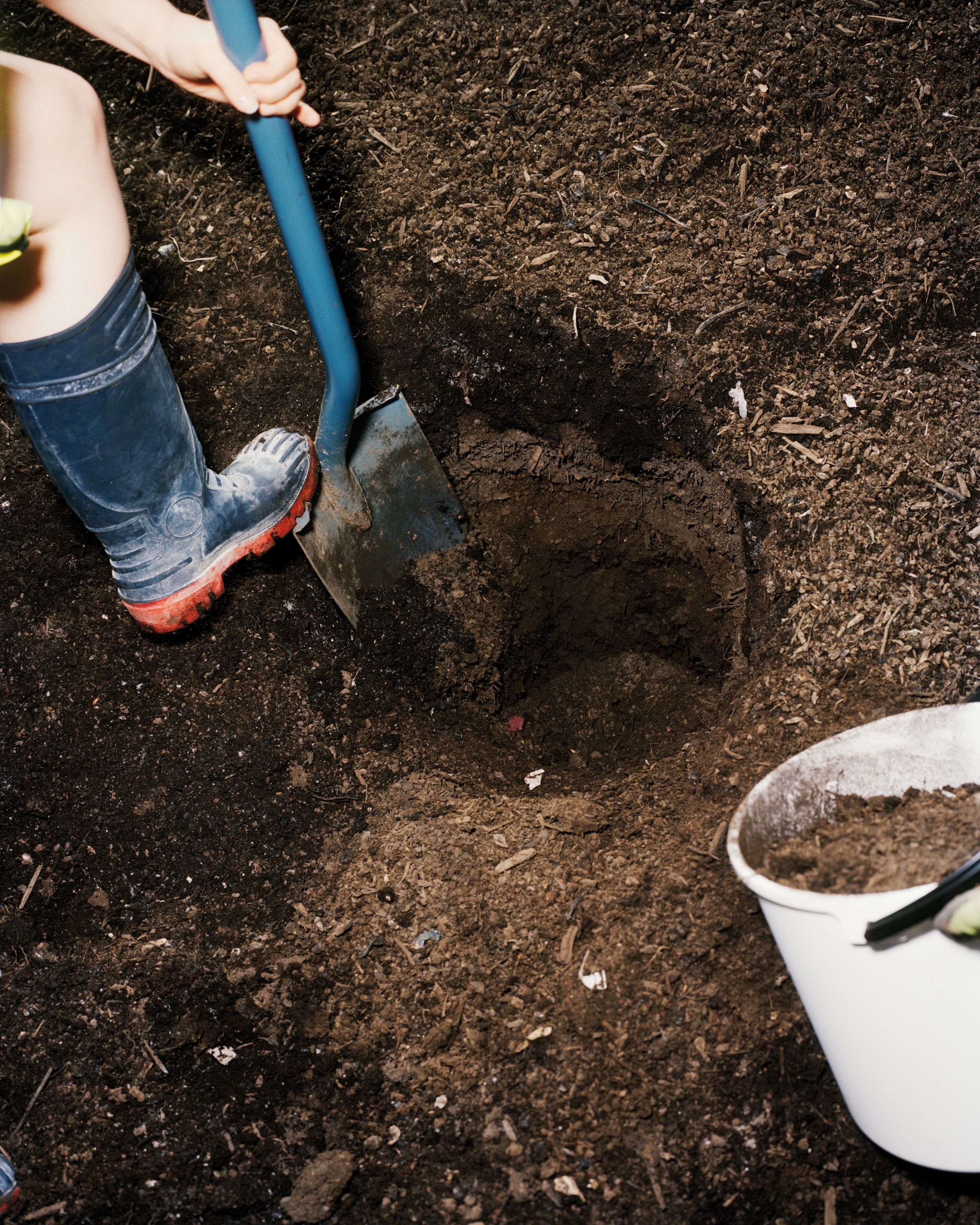
This is what a forest-owner’s most valuable holding, a 25-metre sawlog, looks like when just a baby.
Packed into a ziplock bag, the ten centimetre-long pine seedlings appear pale, but this is no cause for concern, says Aalto University researcher Hanna Vanhanen.
It’s June, and the incipient conifers are fresh out of the sapling nursery’s freezer. Soon, they’ll be placed in planting jars filled with humus and provided with ample light and water, spurring a reaction: chlorophyll will form in the needles and growing crown buds will stretch their delicate stems.
To grow, trees also require 16 different nutrients. Oxygen, carbon and nitrogen is taken from the air and the rest come with water from the soil. The sturdier a tree grows, the more the forest-owner is paid. This is why few people leave nutrient issues to nature.
Forest fertilisers contain a suitable mix of, among other things, nitrogen, phosphorus and potassium. Trees use nitrogen as a cell-building material, phosphorus to enhance metabolism and strengthen their roots, while potassium is associated with the movement of water and nutrients.
The effects of traditional fertilisers last for 6-10 years. At the end of this period, a fertilised forest will contain some ten percent more wood than an unfertilised forest, and every euro invested in fertiliser will have yielded the forest-owner three euros.
The artificial fertilisers applied in Finnish forests are, however, problematic: they are made with phosphorus, the majority of which is mined in Morocco, and fertiliser nitrogen that is very energy-intensive to manufacture.
An ecologically superior and – what’s best – domestic fertiliser alternative could be developed from existing nutrient flows, i.e. sourced from industrial and household wastes.

A simple recipe
Garbage trucks unload their contents in the treatment hall and a distinct smell wafts up to the control room.
Dozens of seagulls hover above the refuse pile on the lookout for a tasty treat.

“They’ve learned to sneak in through our automated lifting doors,” says Niko Wassholm, Managing Director of biogas and composting firm Labio Oy.
Lahti-based Labio processes about 74,000 tonnes of household biowaste, food industry side streams and sludge from water treatment plants per year.
Some is composted directly, while a part is first fed into a biogas facility, creating digestate that is then composted alongside other waste.
Some 20,000 tonnes of compost is created annually. It has been used to fertilise fields and as a raw material for growing medium, but efforts have been made to identify new markets for it.
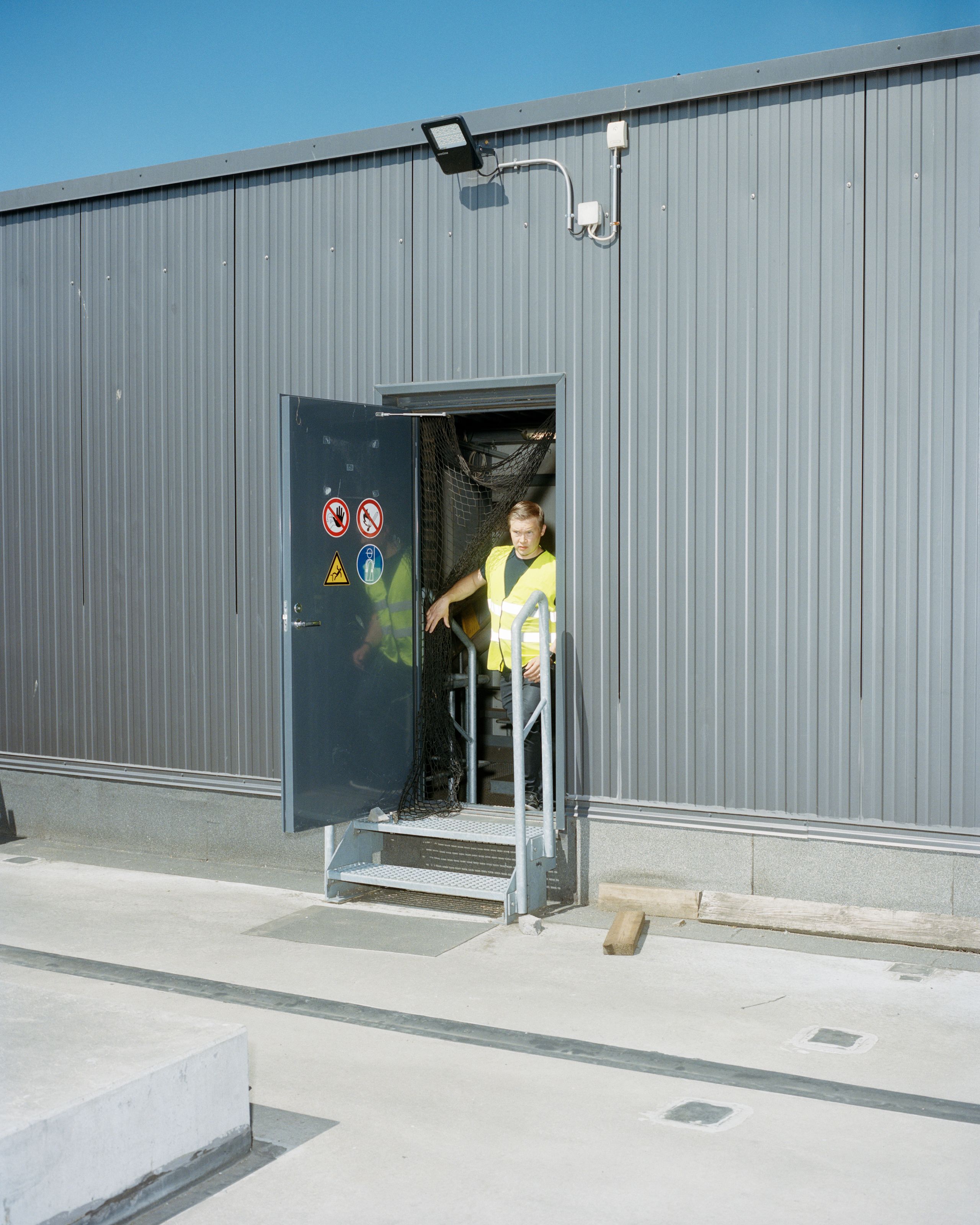

In 2018, Aalto researchers, in cooperation with Labio and other partners, began developing the compost into a forest fertiliser called Putretti®.
In addition to compost, the fertiliser is made with potassium-rich wood ash sourced from Lahti Energia’s power plant. The manufacturing process is simple: compost and ash is mixed in nutritionally-beneficial proportion and some boron is added to prevent sapling splits.
“Impactful research doesn’t always have to be complex,” Vanhanen says.
Preliminary calculations indicate that the climate impact of Putretti is 88% lower than that of artificial fertiliser, and the first growth trials conducted with spruce seedlings have been promising.
Many challenges need to be resolved before it is spread in nearby forests, however.
Removing impurities
Nutrient cycling was employed to ease the waste problems of Finnish towns and cities as far back as the 19th century. Waste was mixed with ash to create a fertiliser called pudretti, which farmers would cart directly to their own fields.
As you can see, the idea behind Putretti is quite old, as is its name.
What’s new is the scale, attention to safety and applicable legislation.
The fresh compost used to make Putretti first needs to mature for 6-10 months on Labio’s fields, turning it into an evenly brown and porous mix with a pleasantly earthy smell.
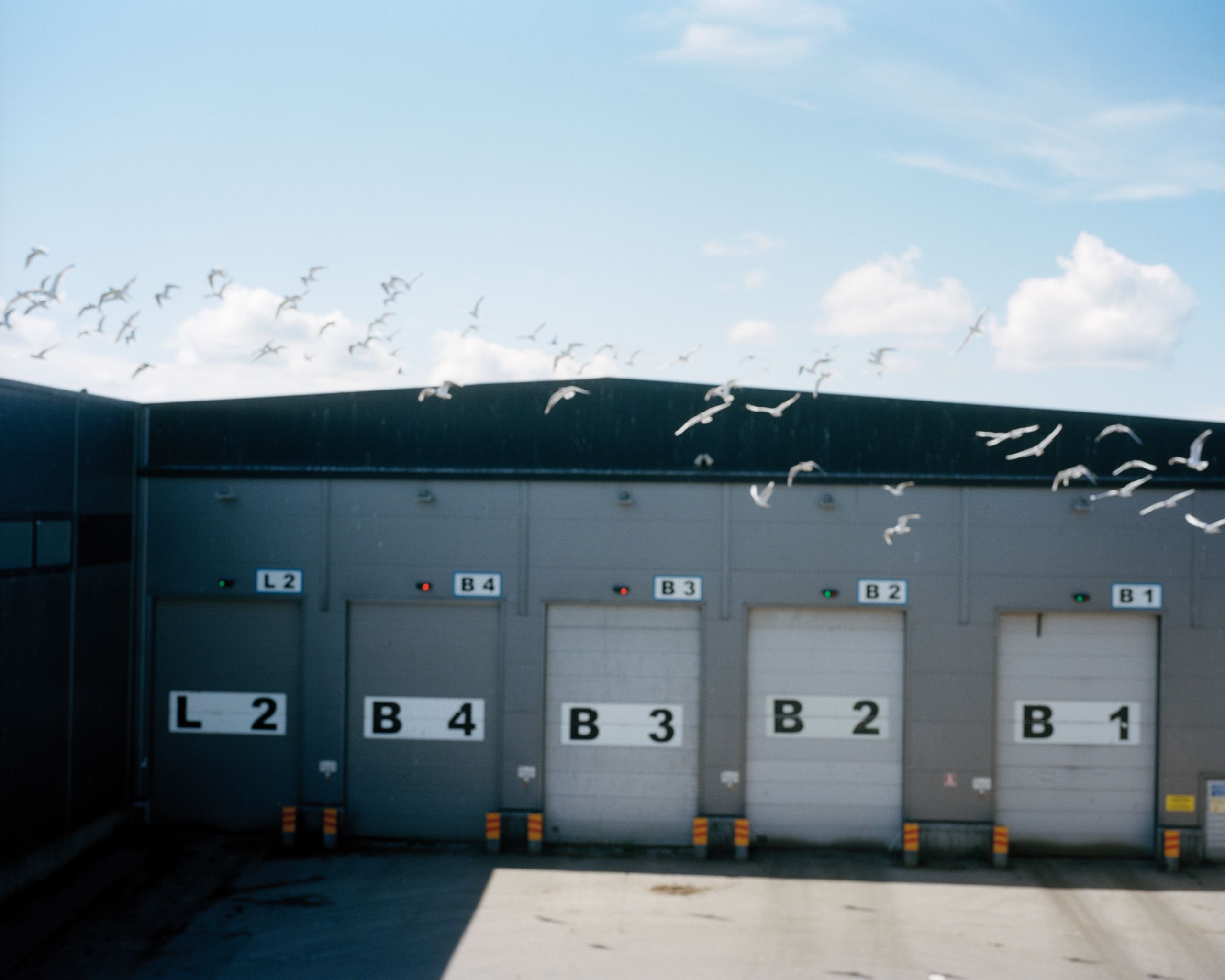
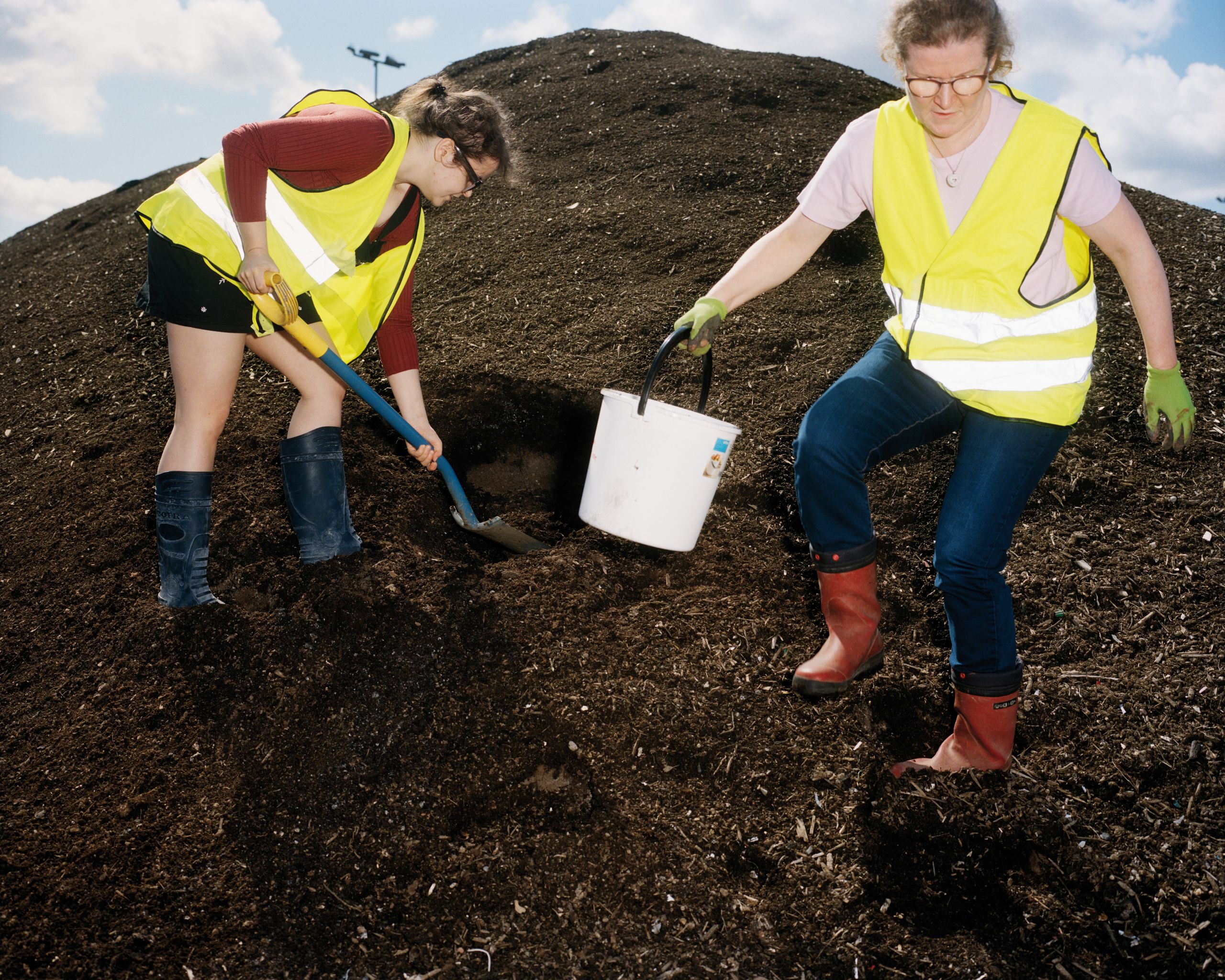
It still contains a small amount of impurities undesirable in a fertiliser product, however.
The compost thus needs to be screened to remove these impurities.
Research Assistant Camilla Inkeroinen is working to identify the most suitable screening density at Aalto University’s Otaniemi labs. The device that vibrates the screen is noisy enough to necessitate hearing protection and so old that it isn’t even marked with a manufacturer’s label.
“It’s most likely at least a century old, possibly donated to us at some point,” Camilla Inkeroinen says.

A long-slitted screen removes larger pieces of wood and plastics that can be burned to generate energy. A screen with tighter holes then catches long, stick-like tree and plant parts that are composted again. If a screen is too dense, it will become blocked and raw material is also wasted. Screens with gaps of about 6 millimetres are most suited for Putretti.
Each batch of compost is also tested for salmonella and E. Coli bacteria. Heavy metal and micronutrient content is measured at intervals of about 4,000 cubic metres.
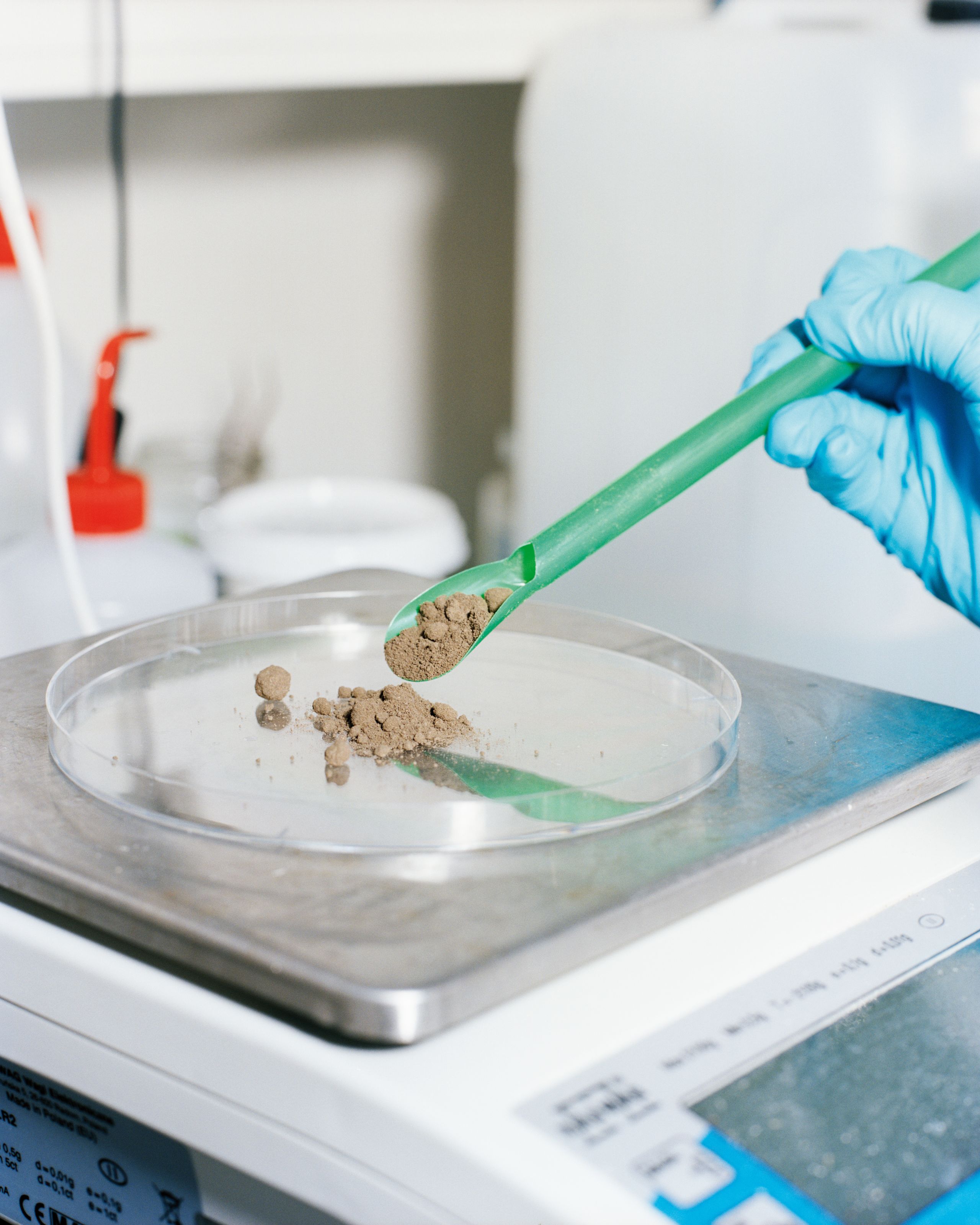
Next, the researchers aim to find ways of dealing with plastics residue possibly contained in compost. Microplastics from, for example, the water used to wash synthetic fabrics as well as from industry can wind up in composted sewage sludge, while urine can contain pharmaceutical residues.
Plastics can be disposed of by burning, but this would also release the nitrogen needed by plants into the atmosphere.
“That would, of course, make no environmental sense at all,” Hanna Vanhanen notes.
“Finding the golden mean is our goal.”
Using Putretti in forests also requires legislative changes, as it is currently not legal to fertilise Finnish forests with recycled organic fertiliser. Both ash and compost may, however, be utilised as is.
Vanhanen says that the Ministry of Agriculture and Forestry and the Finnish Food Authority have been engaged in active discussions.
“We are influencing legislation slowly and surely. Research findings, naturally, provide support as well.”
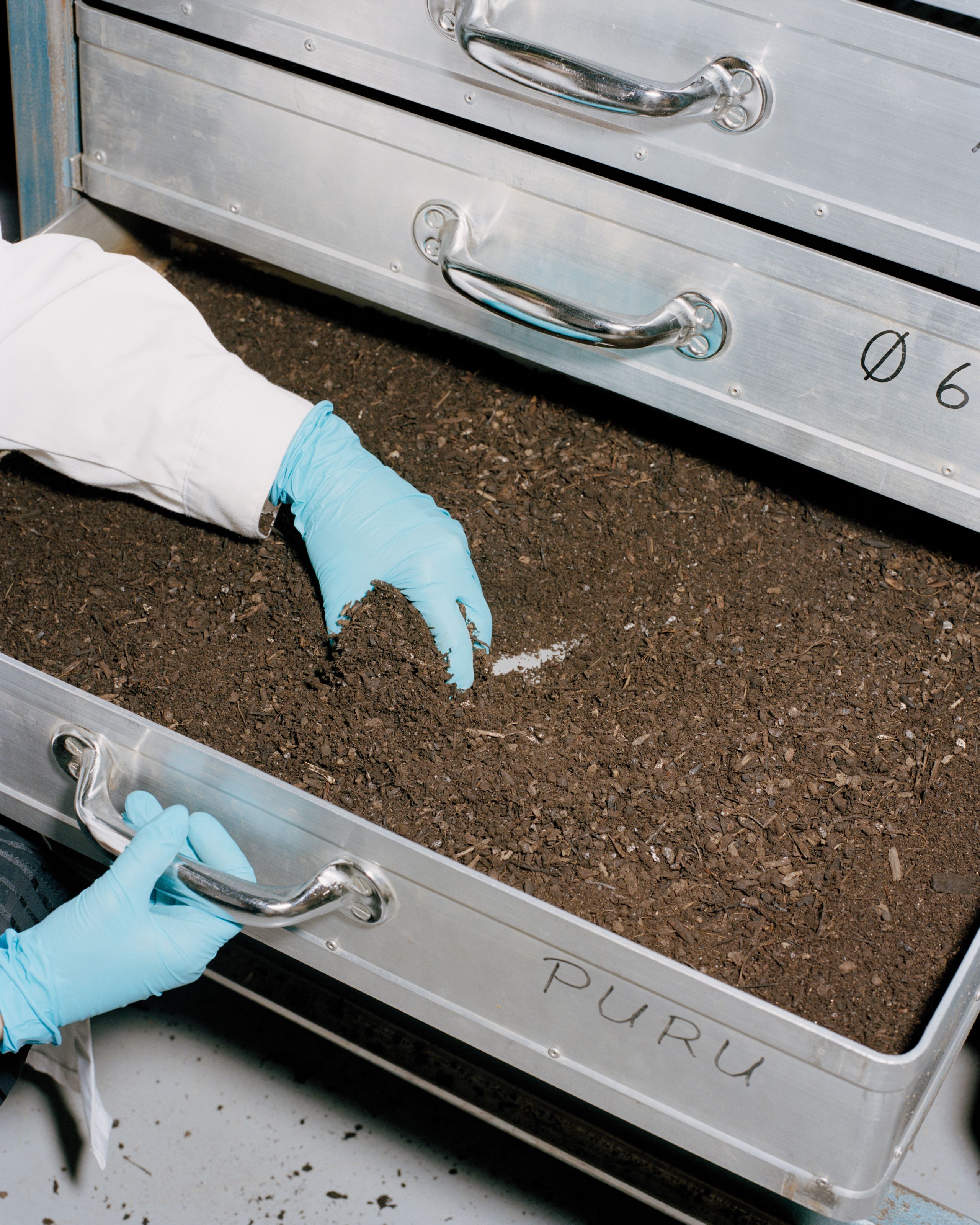
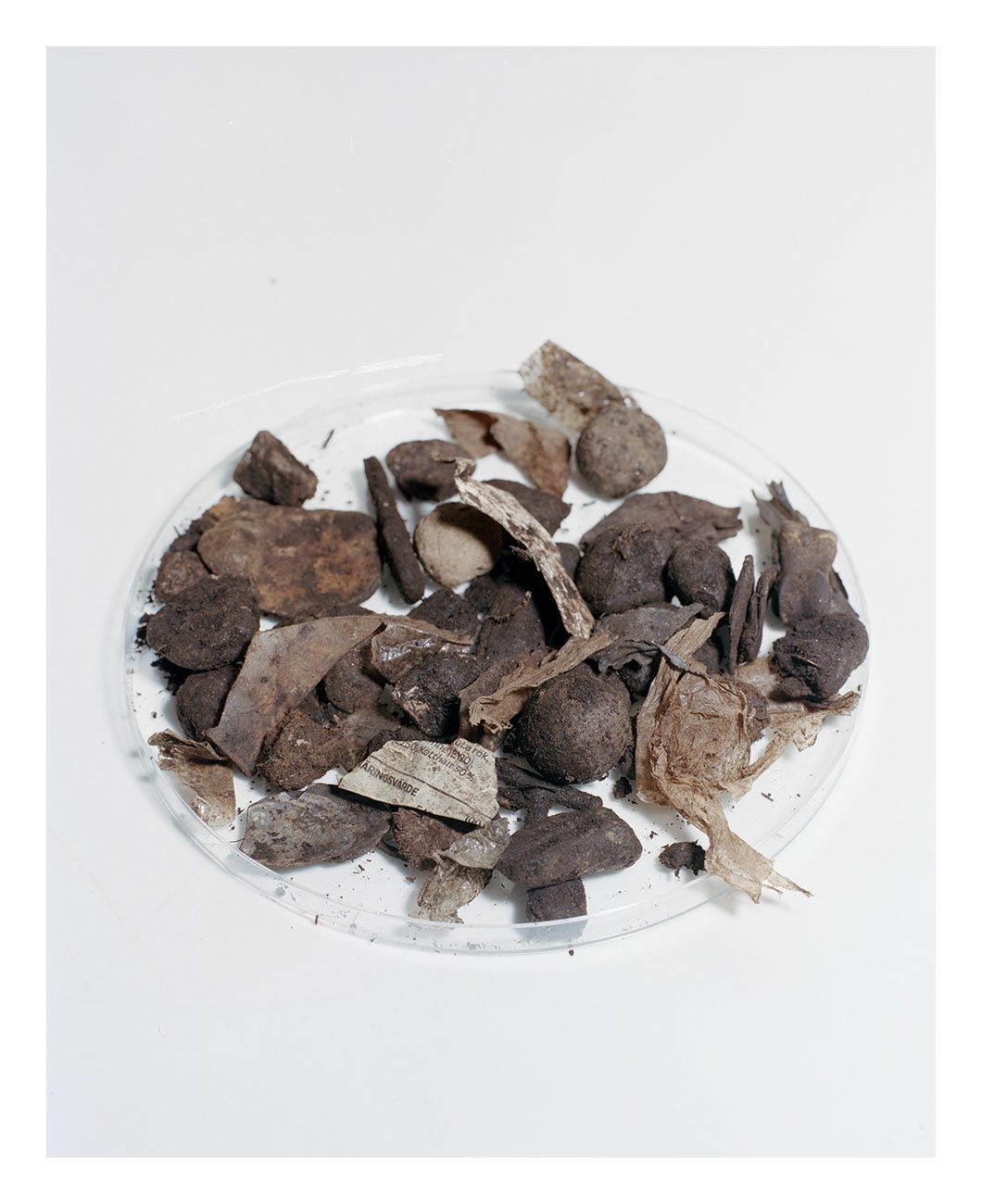
Climate change brake
The pine saplings have almost doubled in height by the end of July – and no longer look pale.

Hanna Vanhanen’s small greenhouse contains about 90 seedlings, which were separated into six groups during the midsummer week. Each group was treated differently: either with nitrogen-spiked ash fertiliser, garden fertiliser, chemical forest fertiliser, simple compost or the Putretti fertiliser. Five sapling pots will serve as an unfertilised control group.
Fertiliser application is calculated by kilos of nitrogen per hectare. Vanhanen proportioned the dosage to match the area of the small plastic pots.
Normally, tree saplings are not fertilised. But in order for Putretti to gain approval as a fertiliser product, its growth impact must be researched in both pot and field experiments. Pot experiments also help ensure that any pharmaceutical residues contained in the fertiliser are at a level safe to both humans and the environment.
The experiment is only beginning, but the saplings already show differences.
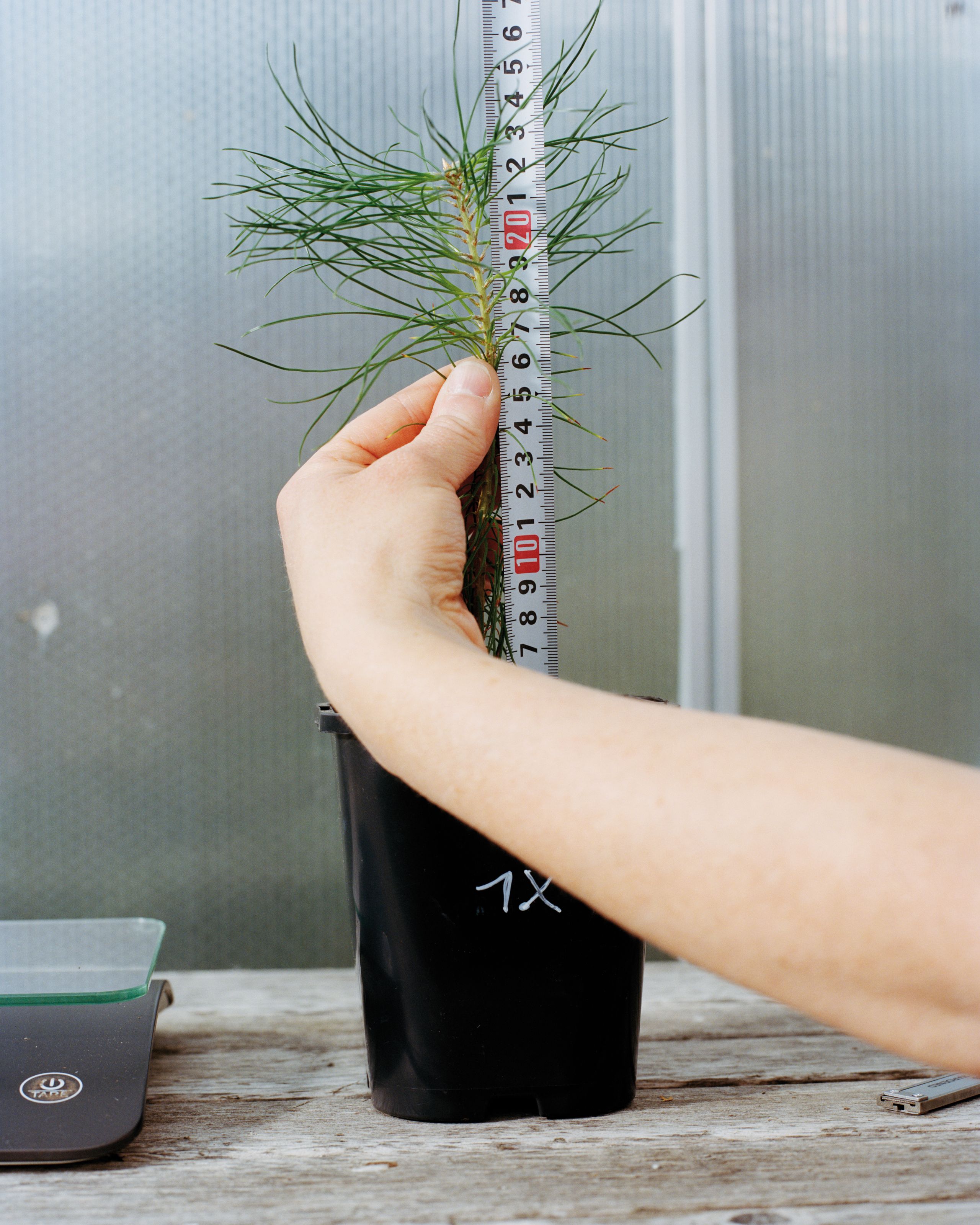
“Those fertilised with Putretti and compost have grown the best and look most vibrant,” she reveals.
In Putretti, nitrogen is bound in organic matter. This is why it doesn’t dissolve into water, and instead releases gradually to feed the trees as the organic matter decomposes. This makes it possible to apply Putretti to fertilise forests in conjunction with their first thinning, with a single application being sufficient to cover the entire lifecycle of the forest. One euro spent on fertiliser could thus yield forest-owners even more than a threefold return.
Forests cover 73% of Finland’s land area. Two hectares of this is bogland set aside by the Natural Resources Institute Finland for Putretti experiments in Padasjoki.
Research Engineer Markku Rantala paces the wet terrain expertly, stopping to examine some marked pines. They are about 60 years old and he is seeing how they are growing with the aid of Putretti in comparison to trees that have been given chemical forest fertilisers.
In South Finland, pine trees grow to sawlog dimensions in about 80 years, while in the north this can take 120 years.
Gathering experimental results on large trees also takes patience.
“It takes five years before enough growth has occurred to make comparisons viable,” Rantala says.
Spurring the growth rate of forests is sensible not only from an economic perspective, but also environmentally. Over its lifecycle, a fertilised forest will bind up to 10,000 tonnes more carbon dioxide per hectare than an unfertilised forest. This amount equals the annual carbon footprint of the average Finn.
The researchers hope that larger-scale production of Putretti can commence in two years, and that it could be spread in the forests of South Finland in five years.
There’s plenty of Labio compost to supply the nearby area, but the model of an organic local fertiliser can be copied elsewhere.
In a land of 22.8 million forest hectares, there’s no shortage of fertilisation need.
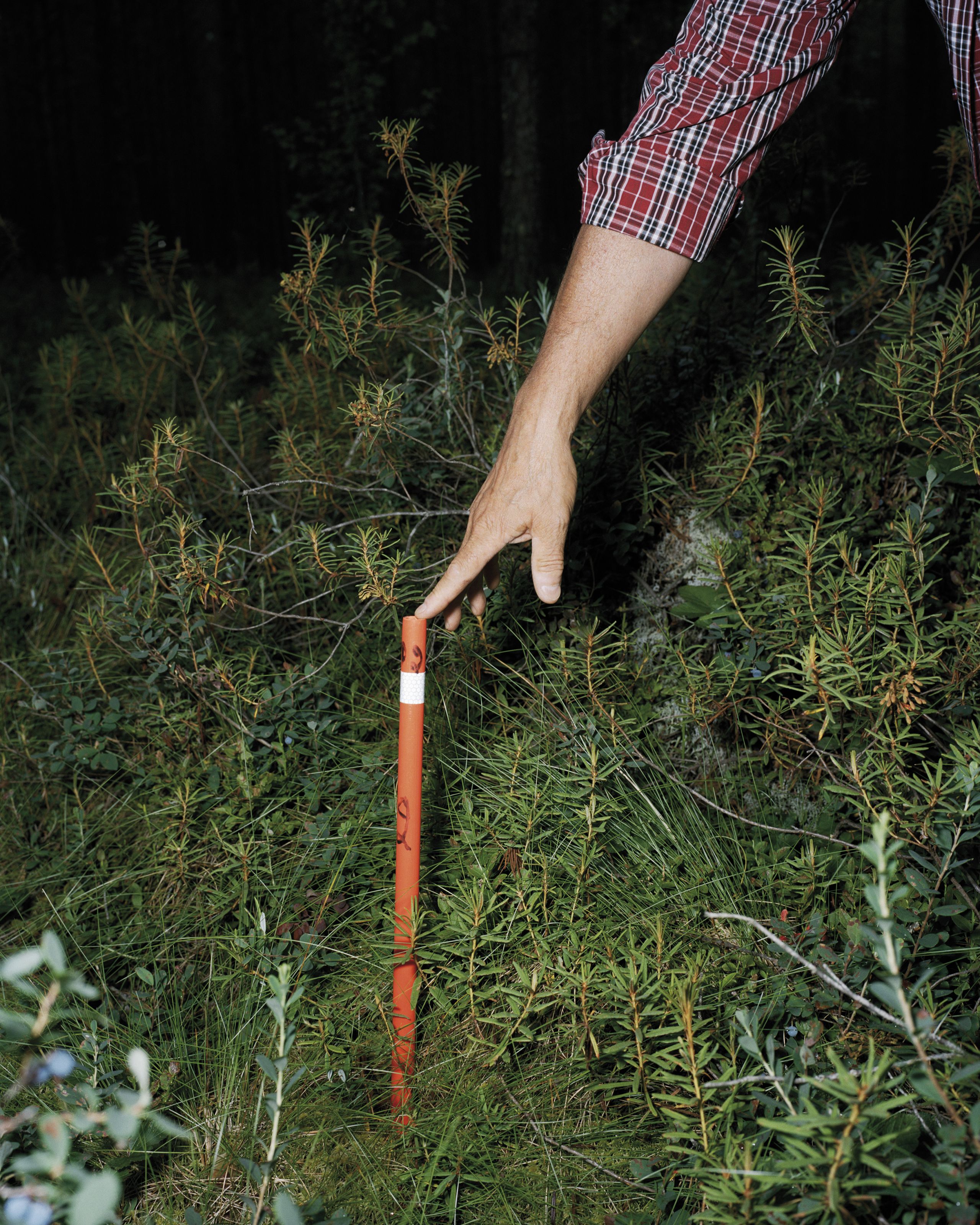

The initial development of Putretti benefited from the European Regional Development Fund’s support (RAKIKY A74183), and further development is being funded by the Ministry of the Environment.
